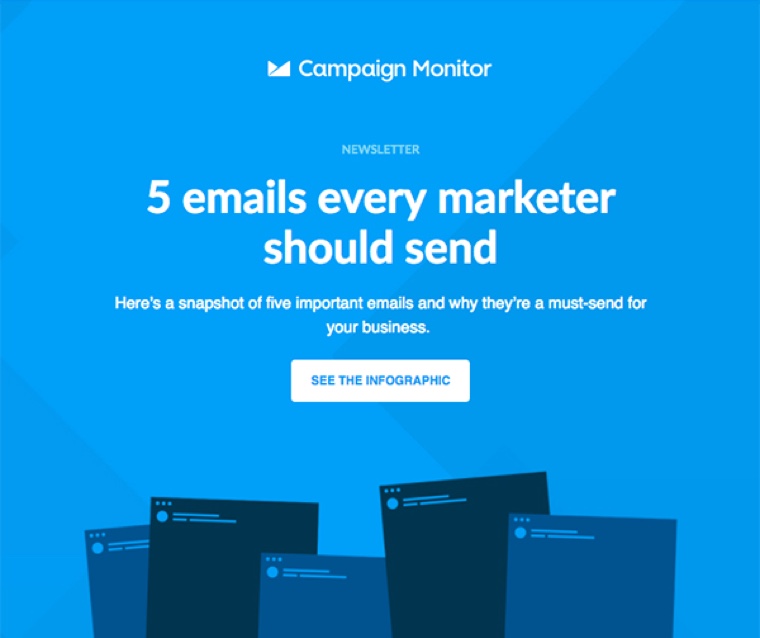Straight to your inbox
Get the best email and digital marketing content delivered.
Join 250,000 in-the-know marketers and get the latest marketing tips, tactics, and news right in your inbox.
SubscribeSegmentation is the division of email subscribers into smaller segments based on set criteria. Typically, segmentation is used as a personalization tactic to deliver more relevant email marketing to subscribers based on their geographic location, interests, purchase history, and much more. Segments are created so that the marketer can cater specifically to each different email list and that list’s independent interests, rather than creating one mass message for all.
Many businesses still imagine their email subscribers should simply all get the same content. It’s one big list, with minimal effort put in. That minimal effort shows. Nearly half of those who subscribe to email lists end up trashing those emails.
If all you have to give them is something generic, then they’re not getting something back that is worth the value of their information. This is why segmentation is so important; it’s equally important whether you are marketing B2C or B2B.
Listed below are the top 5 ways you can segment your list:
Influencer email segmentation: This is more complicated than the title alone suggests. Customer loyalty is no longer just about purchase totals and the frequency of purchases. Today, it’s about who recommends your brand. Who’s given you testimonials or reviews? Who shares your brand on social media? Which platform? How effective are they? Send superficially to those customers—and show them some love for being a voluntary brand ambassador.
A fashion retailer might use segmentation to create lists within their email subscribers for men and women, and then several interest-based segments such as footwear, accessories, dresses, and swimwear to create hyper-relevant email campaigns.

Join 250,000 in-the-know marketers and get the latest marketing tips, tactics, and news right in your inbox.
SubscribeWith our powerful yet easy-to-use tools, it's never been easier to make an impact with email marketing.
Try it for free